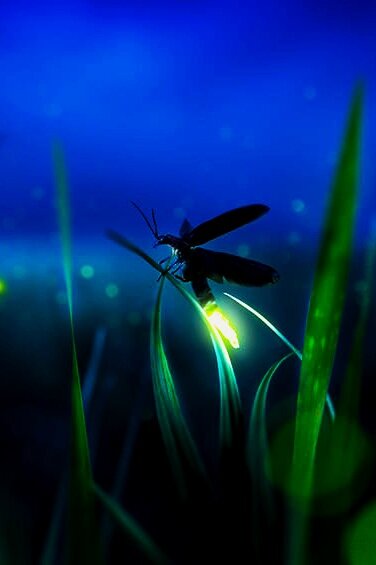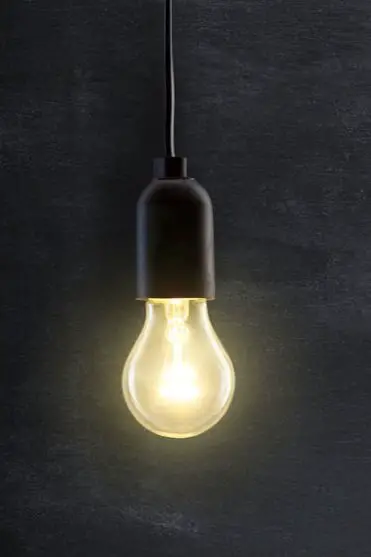What Are CFL Bulbs And How Do They Work?
If you’ve ever explored different lighting options in the market you have likely come across CFL bulbs at some point.
CFL stands for Compact Fluorescent Lamp, which means that a CFL bulb is essentially fluorescent tubes compacted in a way that allows them to fit the same sockets incandescent bulbs would.
While that is the narrow definition for CFL bulbs, there is much more to what they are and how they work, which we will continue to discuss below.
Contents
What Is A CFL Bulb?
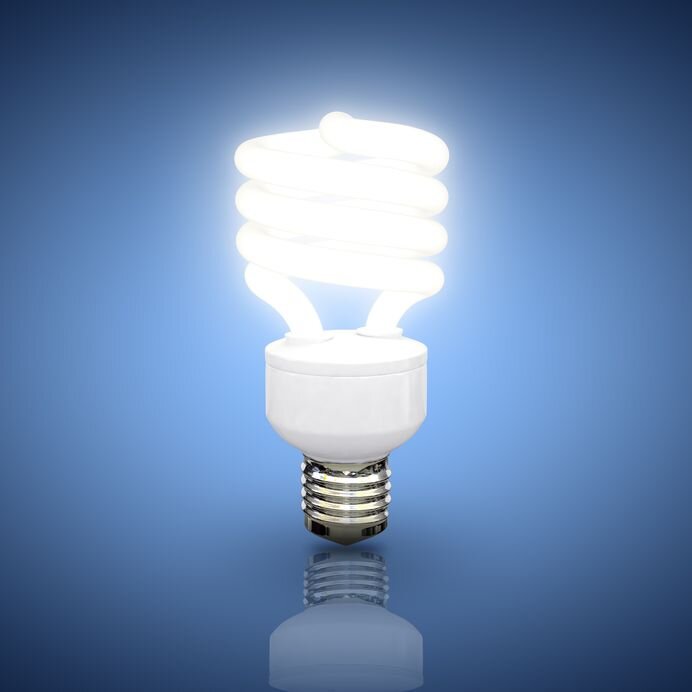
CFL bulbs are based on the exact same technology as fluorescent tubes. They have simply been reshaped to be small enough to fit regular lighting sockets.
In the timeline of lighting technology CFL bulbs came out after incandescent bulbs and halogen bulbs, meaning they soon after their release got branded as the most energy-efficient light source available at the time, which it was.
That said, times since then have changed with the invention and release of LED bulbs, which are over 40% more efficient than CFL bulbs.
How Do CFL Bulbs Work?
The way CFL bulbs work is pretty different when compared to most other bulbs. Incandescent bulbs generate their light through a high temperature which emits a glow and LEDs generate theirs through electroluminescence. CFLs on the other hand generate their light through fluorescence.
Fluorescence is a phenomenon that occurs when a material or other substance absorbs electromagnetic radiation of one wavelength and re-emits it again in another wavelength.
In terms of CFL bulbs, fluorescence takes place when the bulb produces ultraviolet radiation, which we then convert into visible light using a fluorescent material.
Before we get to the specifics of that we shall start from the very beginning with how CFLs produce light.
When electricity enters a CFL bulb it goes to the electrodes present in the bulb. There are 2 electrodes in a CFL, one at each end of the swirling light-producing tube. The purpose of these electrodes is to ignite the gas that is normally present within the bulb. This gas is normally argon.
While this gas is required for the bulb to start it is also there to keep the air pressure inside the bulb stable at a level of about 0.3% of the atmospheric pressure. This also helps minimise energy losses within the bulb.
When the electrodes charge up and eventually ignite the gas an electrical discharge will occur inside the bulb. This discharge occurs between the incoming electrons the electrodes provide and the mercury vapour atoms that are present within the tube of the bulb.
The electrical discharge occurs when the incoming atoms hit the mercury atoms. This causes electromagnetic energy to release out of the mercury atoms.
While the release of energy is good there is a problem with this. The light this discharge produces is not within the visible light spectrum.
The light the discharge provides is in wavelengths between 185-250 nm, which is considered ultraviolet light. This is outside of the human visible light spectrum, which exists in the wavelengths 350-780 nm.
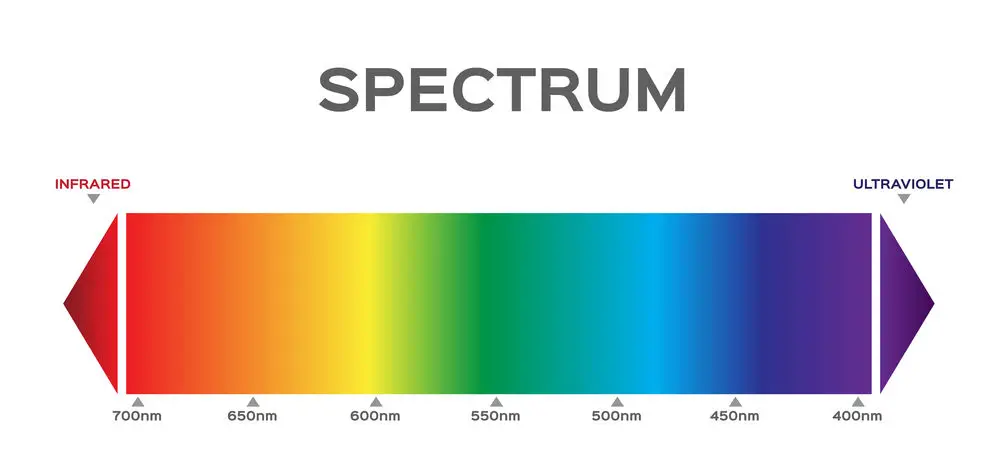
Ultraviolet light is not only non-visible to us, but it is also dangerous. Therefore, in order to circumnavigate this issue we make use of fluorescent powder inside the tube of the bulb.
This powder will absorb the ultraviolet light the CFL naturally produces and then re-emit it as light in the visible light spectrum.
This works out well since in the process of the fluorescent powder absorbing the UV light and re-emitting it the UV radiation loses a bit of its energy as a result of the transmission in and out of the powder, which causes it to be re-emitted perfectly in the visible light spectrum.
This also happens to be exactly how regular fluorescent tube lights work, since CFLs are based on their technology.
Common Characteristics Of CFL Bulbs
Now that we know exactly what these bulbs are and how they work we can describe some of their key characteristics and data to get a more complete understanding of their functionality.
Lifespan Of CFL Bulbs
The lifespan of a CFL is around 10 000 to 15 000 hours. This is quite a bit longer than bulbs like incandescent and halogen bulbs but not longer than an LED’s lifespan by any means.
The way CFL bulbs “burn out“ is a lot different compared to other bulbs. The most common reason for CFL bulbs to stop producing light is if an electrical component fails. This could apply to one of the electrodes breaking prematurely, for example.
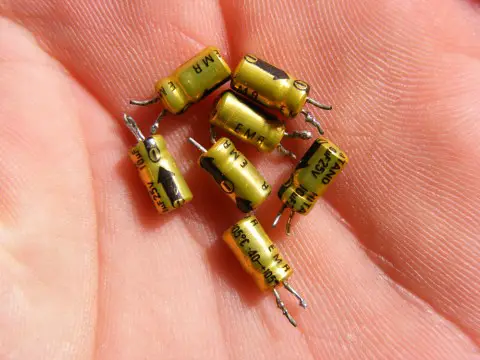
The most common bottleneck for a CFLs lifespan is normally a component within the bulb known as an electrolytic capacitor.
The reason why this component can become a bottleneck is simply due to the fact that it doesn’t run at its best when subject to a lot of heat, which is a possible factor when running CFL lights.
For a more in-depth and detailed explanation of why this is we suggest you read under the headline dedicated to CFL bulbs in our article on How Long Do Light Bulbs Last.
Luminous Efficacy
The luminous efficacy of CFL bulbs usually falls in the 50-70 lm/W range. Lm/W is a measurement for how many Lumens (lm) a light source produces in relation to how many Watts (W) is inputted in it. Lumens are essentially a way of quantifying light.
Related article: What Are Lumens (lm) In Lighting? Luminous Flux Explained.
Colour Temperature
While the colour temperature (K) can depend on when it comes to CFL bulbs they are usually somewhere in the 2700-4000K range.
Related article: What Is Kelvin In Lighting? Colour Temperature (K) Explained.
CRI Of CFL Bulbs
While the CRI of CFL bulbs can vary on a few factors, they are generally speaking rated in the range of 80-99 CRI.
Related article: What Is CRI In Lighting? Colour Rendering Index Explained.
Usage
The usage of this bulb has been quite broad for a long time. They are commonly used within home environments and other places where a regular incandescent bulb would have otherwise been used.
This is mainly because CFLs are rather an energy-efficient source of light which made them gain a decent amount of popularity for quite some time.
However, much like incandescent bulbs, these bulbs are also on their way to being phased out. This is mainly due to the fact that they contain mercury, which is dangerous to humans and is more complicated than necessary to recycle.
For a Complete List of Bulbs That Contain Mercury, we wish to direct you here.
Generally speaking, LEDs are starting to take the place of CFL bulbs since they do most of what CFL bulbs do but better.
Summary
To quickly summarize what CFLs are and how they work, they are fluorescent tube lights shaped in such a way that they fit the sockets of incandescent bulbs.
This means that they use the same technology and principles to produce light. This technology is based on an electrical discharge which causes a small amount of mercury vapour atoms to produce ultraviolet light, which then fluoresces into visible light through a fluorescent powder within the bulb.


